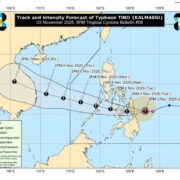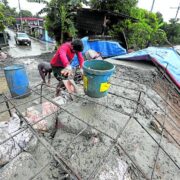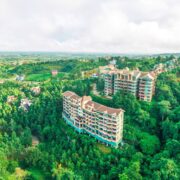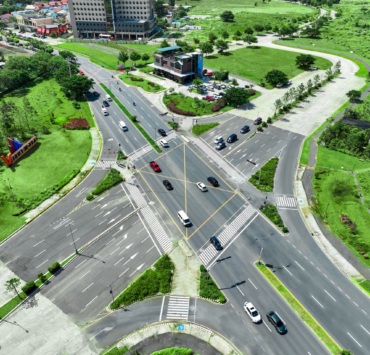The love of place lies in shared experiences
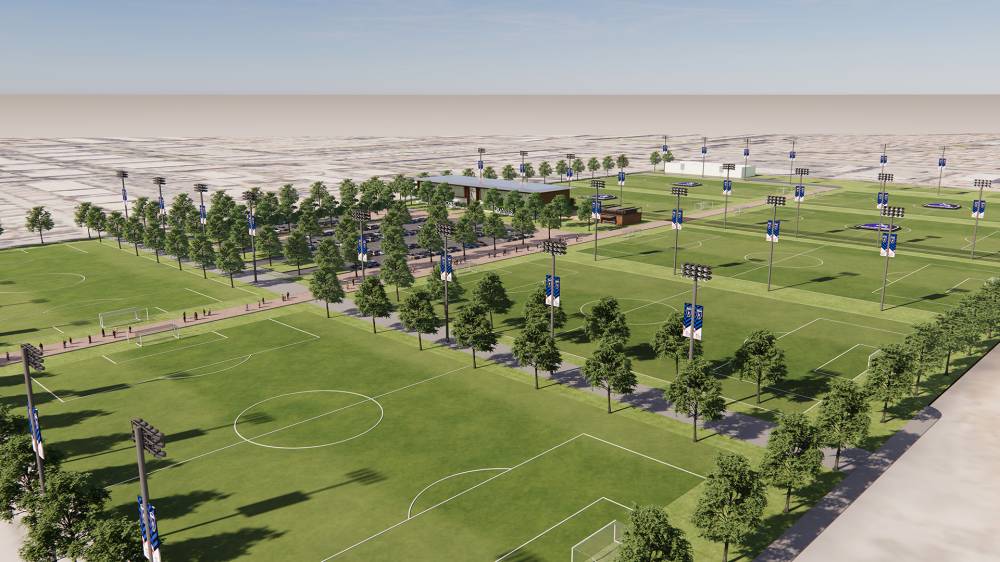
Communities thrive through spatial choreography that encourages memory-making. The most meaningful developments articulate a design language that invites movement, cultivates interaction, and allows the human scale to thrive.
As architects, we recognize that places achieve their highest form when they inspire participation.
Movement as spatial narrative
Designing for movement integrates experience with function. Bike trails, for example, promote wellness and discovery while connecting residential clusters, open spaces, and commercial areas, fostering a cohesive environment.
Integrating play, sport, and leisure should exceed your usual fenced courts and fixed modules. Open fields must anticipate dynamic groupings and informal assemblies. Designating space for drone racing, art installations, or adaptive sports introduces a cultural elasticity to the masterplan.
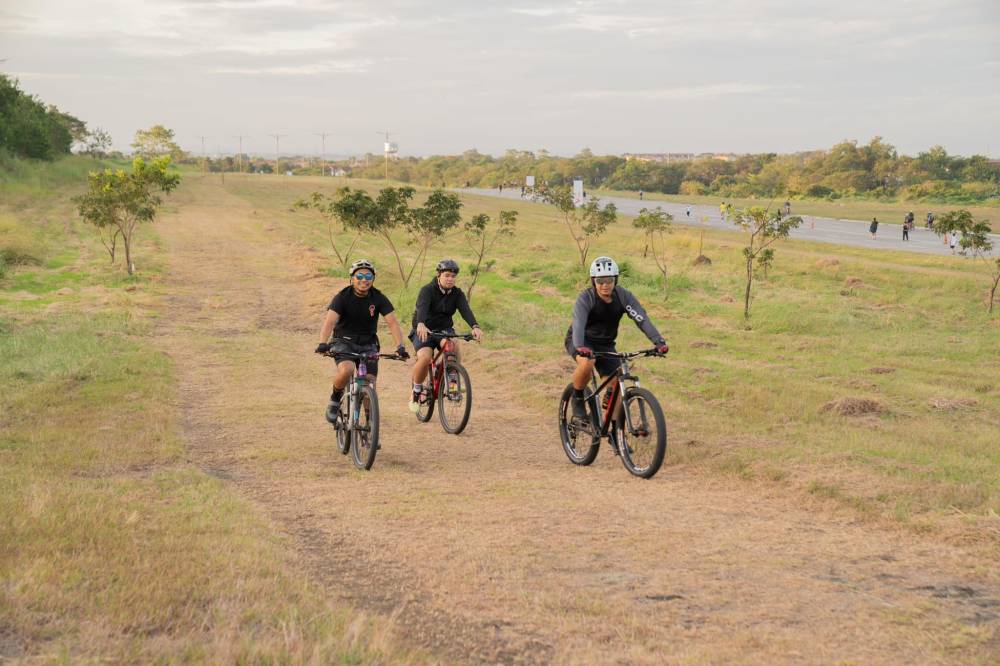
Ecology as a framework for engagement
Nature becomes architecture when planned as a participatory asset.
A preserved riparian corridor, for example, can serve as a quiet thread for birdwatchers, a seasonal learning ground for school groups, or an immersive path for photographers and researchers. Elevated walkways and defined sightlines allow natural life and human activity to co-exist without conflict.
Retention ponds and bioswales, often overlooked, can be transformed into educational spaces with signage, decking, and shaded rest areas.
By encouraging interaction, these engineered landscapes make sustainability tangible for the public.
Programming events into the urban grain
Public plazas, open decks, or modular canopies become effective urban rooms when shaped for adaptability.
Designing with embedded utilities, under-surface drainage, or concealed anchors for installations supports a wide range of community uses without compromising aesthetic restraint.
Recurring events like food bazaars, night concerts, or seasonal markets carry the capacity to create identity. Landscape design, edge conditions, and circulation patterns must work in tandem to support the flow and density of these communal experiences.
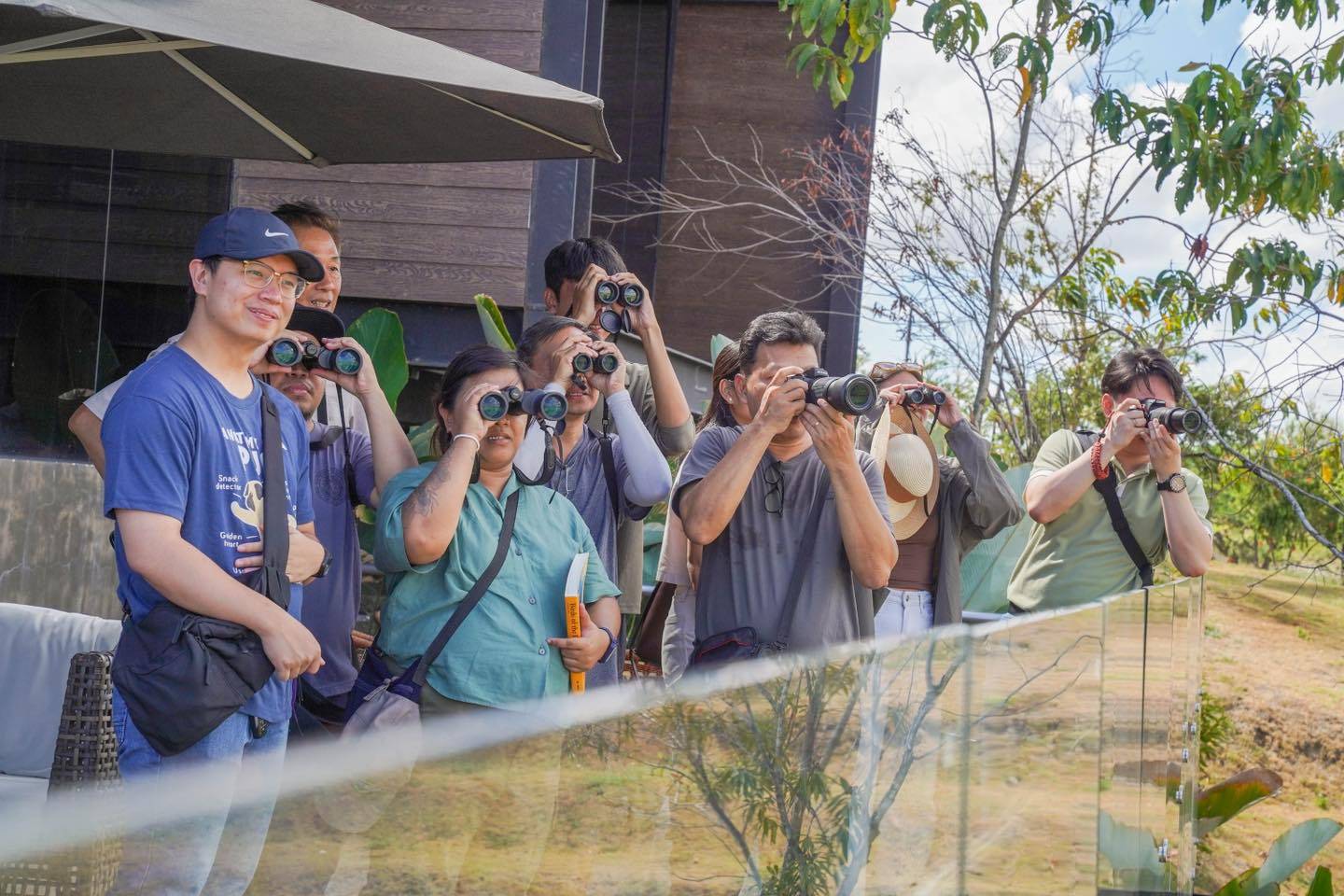
Connectivity as a conduit for meaning
Roads to urban blocks that are legible and well-connected generate higher participation. Secondary networks, such as shared paths and green spines, serve micro-mobility. These connect homes to recreation, edge zones to central nodes, and communities to adjacent landscapes.
Access to natural hinterlands, river trails, or rural extensions should be interpreted as a design advantage. When a development offers seamless transitions between the urban grid and the adventure landscape, it becomes both a destination and a departure point.
Curation through thematic clustering
Designing districts around themes enhances spatial identity.
Artists’ block, with open studios and mural walls, communicates differently than a culinary enclave with open-air kitchens and edible landscapes. Thematic clustering weaves diverse cultural anchors into a cohesive system, creating experiential geographies.
Each cluster should have its unique character while connecting to the overall design.
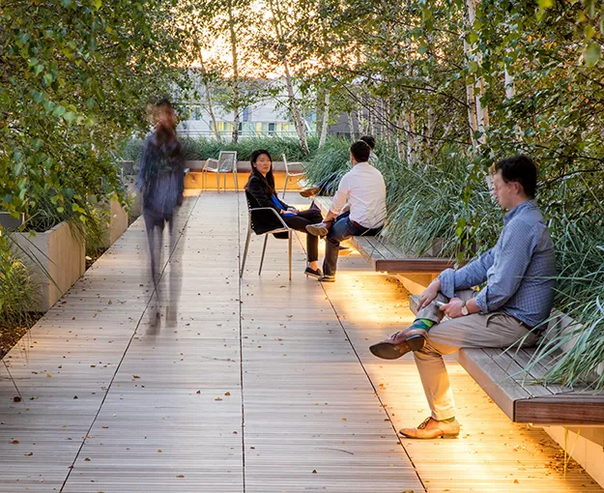
Designing for discovery without imposition
Architects, who design with activity as a framework, treat it as generative.
A space becomes meaningful not because of how it is built but because of what it allows to happen. When people sense that a place moves with them and reflects their rhythms, they remain invested in it. That is the accurate measure of enduring design.
The author (www.ianfulgar.com), is a leading architect with an impressive portfolio of local and international clients. His team elevates hotels and resorts, condominiums, residences, and commercial and mixed-use township development projects. His innovative, cutting-edge design and business solutions have garnered industry recognition, making him the go-to expert for clients seeking to transform their real estate ventures



